1 2 1 28.6k
In 2017, a New York company of “smart” medical aid kits not only started to sell first aid kits but also started to give consultations on how to perform first aid. Unfortunately, it can happen that in an emergency situation you might not even have a standard first aid kit. The good news is that things that seem trivial at first glance can actually be of great help.
Bright Side decided to figure out which ordinary things are suitable for giving first aid and can help in an emergency situation.
1. Juice or milk
© Depositphotos © Depositphotos © Depositphotos © Depositphotos © Depositphotos
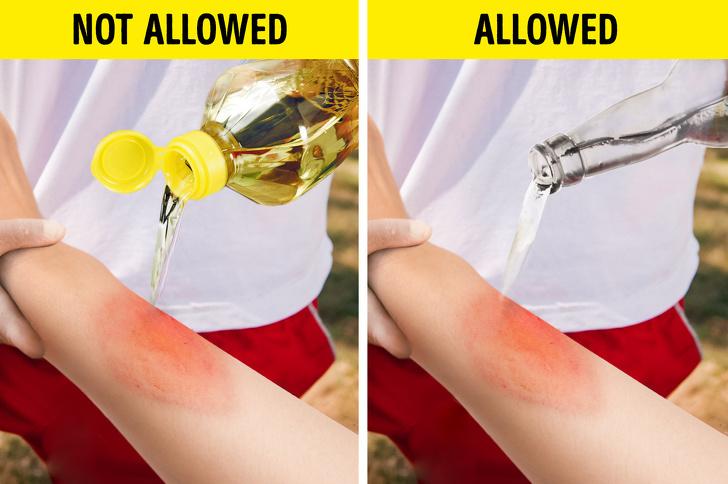
With a burn, it’s necessary to cool down the affected area as quickly as possible. Experts recommend doing it with the help of running tap water within 10-15 minutes — no less than that. However, in a case where there is no tap nearby, any cold and harmless liquid can help. For example, milk, juice etc. But don’t apply anything oily like vegetable oil to the damaged skin.
2. Plastic product bags
After cooling down the burnt area, wrap it with a plastic film in order to prevent an infection. Plastic bags from food or frozen products can help. These materials won’t stick to the damaged surface of the skin and will create a necessary protective barrier against microbes.
3. Diapers and panty liners
© Depositphotos © Depositphotos
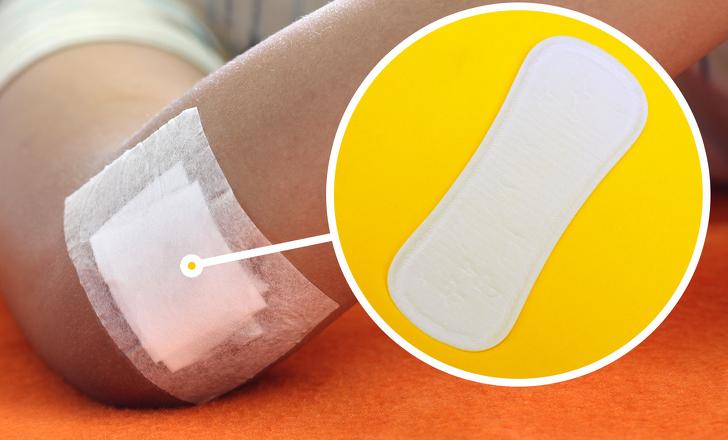
These hygiene products can be an excellent dressing material because they have the perfect absorbing properties.
4. Sugar
© cindiethefoodie / youtube

In order to remove pain from a tongue that has been burnt with a hot drink, you can use ordinary sugar. Just apply some sugar to the tongue and wait for several minutes until it dissolves. Sugar reduces the burning sensation and contributes to the restoration of the taste buds.
5. Bra
© Depositphotos © Depositphotos
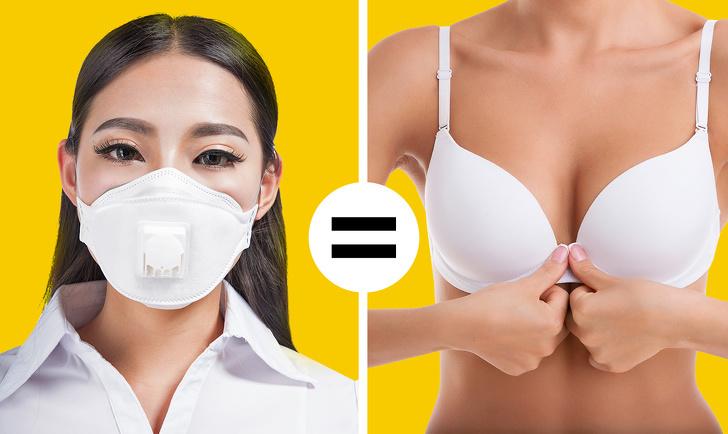
A traditional and non-silicone bra can become a temporary protective mask if you’re caught in smoke. Bra cups made of breathable materials can filter out smoke and dust that can prevent normal breathing.
6. Oatmeal
In order to get rid of itchiness caused by a sunburn, taking a 15-minute warm bath adding 200g of oatmeal. Just place it in a small, clean bag or a sock and tie it up to the faucet letting the bathwater run through it.
7. Tea bags
© Depositphotos © Depositphotos
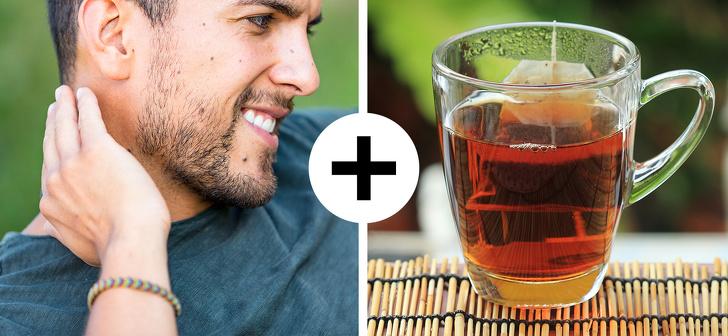
Not only can tea help to remove eyelid swelling, but thanks to the tannins that it contains, it also has anti-inflammatory properties and can remove irritation after insect bites. Brew a tea bag, cool it down, and apply it to the bitten area until the itchiness stops.
8. PVA glue
This is a good method used to remove splinters that are not very deep, especially in small kids who tend to get freaked out when they see a needle or tweezers. Apply a little PVA glue to the splinter as well as the skin around it and let it dry. Then remove the dried layer of the glue from the skin and it should also pull the splinter out.
9. Plastic syringe
© Claire Bullen-Jones / facebook.com © Depositphotos
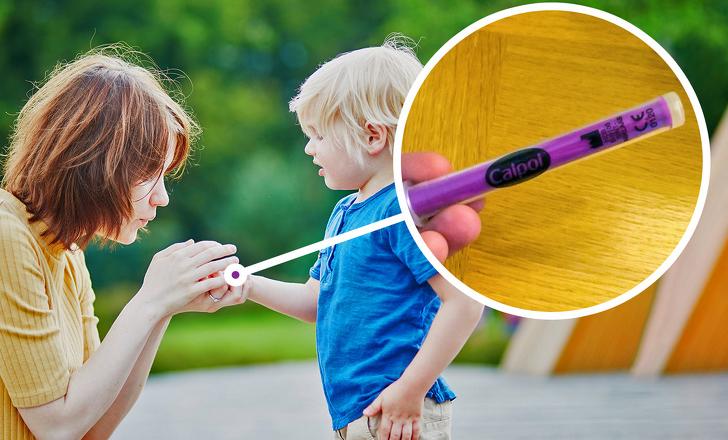
These measuring syringes are usually placed in boxes with liquid drugs for kids and they can also be used for removing splinters. Put it on the skin, placing the edge of the splinter into the hole. Then, quickly pull the piston part. You should then see the splinter inside the syringe if you did it properly.
10. Superglue
© Depositphotos © Depositphotos © Depositphotos
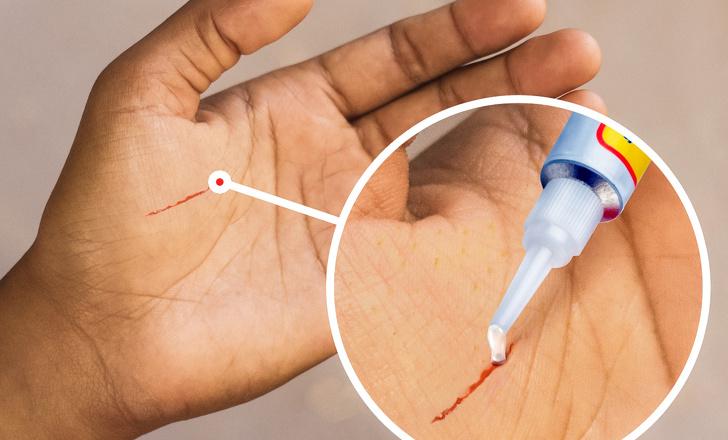
If there is no adhesive, no bandages, or any other means for treating wounds in an emergency situation, for example during a repair or at some construction site, you can use superglue. It can tighten the edges of the wound when applied to a dry and smooth cut or dissection. It can be used only in small amounts and only on small wounds that are not actively bleeding. Don’t use superglue on the face, on insect bites, on sores, in places that bend like the inner or outer side of the elbow. You can read more details here.
Are you aware of any other life hacks where you can use ordinary, everyday items as first aid? Please tell us about them in the comments!
Preview photo credit morethanskindeep1 / instagram
